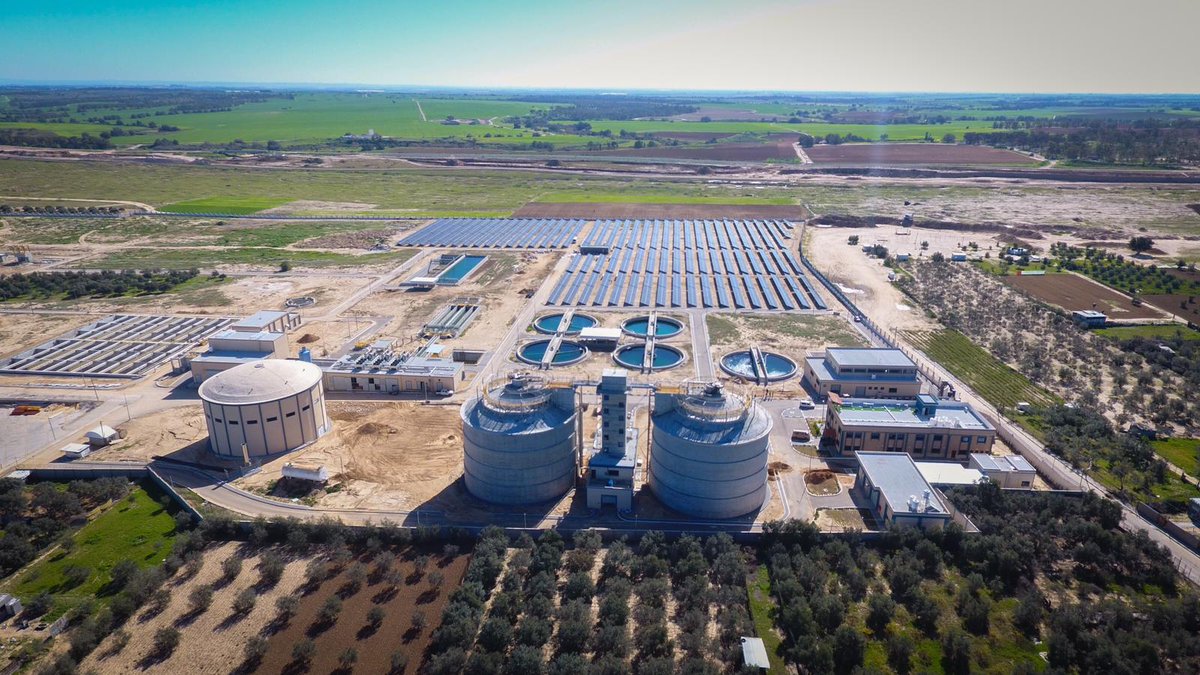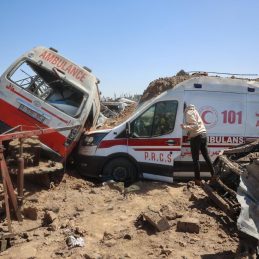Recently Wadi Gaza (Gaza Valley) which is one of the largest nature reserves and the only wetland ecosystem in Palestine started to recover from being a source of environmental and health problems after it was used for long years as a sewage dumping site.
In the past the reserve was considered as a unique habitat characterized by rich biodiversity in terms of fauna and flora including globally threatened and rare species. The Wadi area used to be covered by forest vegetation and water representing a site of significant environmental and socioeconomic value with great varieties of birds and plants.
With its arrival in the Gaza Strip in 1994 the Palestinian Authority (PA) declared the valley to be a nature reserve but later this place gradually turned into a dumping ground for waste and sewage as the PA government’s interest in this area of land started to dwindle. It still contains more than 25000 cubic meters of raw wastewater.
Wadi Gaza springs from the southern heights of al-Khalil (Hebron). The length of the valley is about 105 kilometers from its source and it discharges into the Mediterranean Sea. In Gaza it is located in its middle areas and is bordered in the northwest by the sea the southeast by the Bureij refugee camp the southwest by the Nuseirat refugee camp and the north by az-Zahra City.
The maximum elevation of the Wadi is 30 meters above sea level dropping to sea level as it reaches the Mediterranean Sea. Its circuitous route through the Gaza Strip reaches 7 kilometers.
Many citizens and farmers who used to live on the outskirts of the valley also had to leave the region and resettle in other areas after it became a health hazard and a source of repulsive smells but there are a number of people who still suffer from the bitterness of living around such abomination
However agricultural expert Nizar al-Wahidi told the Palestinian Information Center (PIC) that the eastern part of Wadi Gaza near the bridge began to notably recover after the central wastewater treatment plant in al-Bureij camp was completed.
Wahidi affirmed that he and other specialists in the agricultural and environmental sectors noticed a remarkable return of amphibians and rare birds after a long absence from the valley which began to regain its reputation as a nature reserve.
He added that many local residents noticed that the unpleasant odors in their areas also began to disappear and the plants to grow again on the banks of the valley pointing out that the efforts are still underway to fully restore the valley to its previous status as a nature reserve.
In this regard the Nuseirat municipality in Gaza launched a project about two years ago aimed at developing and rehabilitating Wadi Gaza and covering all parts of Nuseirat camp with water and sanitation systems.















